Bodies found in Gaza
It took Israeli military engineers hours of darkness to dig into a 200-meter-long tunnel in Khan Younis to find what they were looking for: the bodies of four men and one woman, all Israeli hostages kidnapped by Hamas on October 7, 2023.
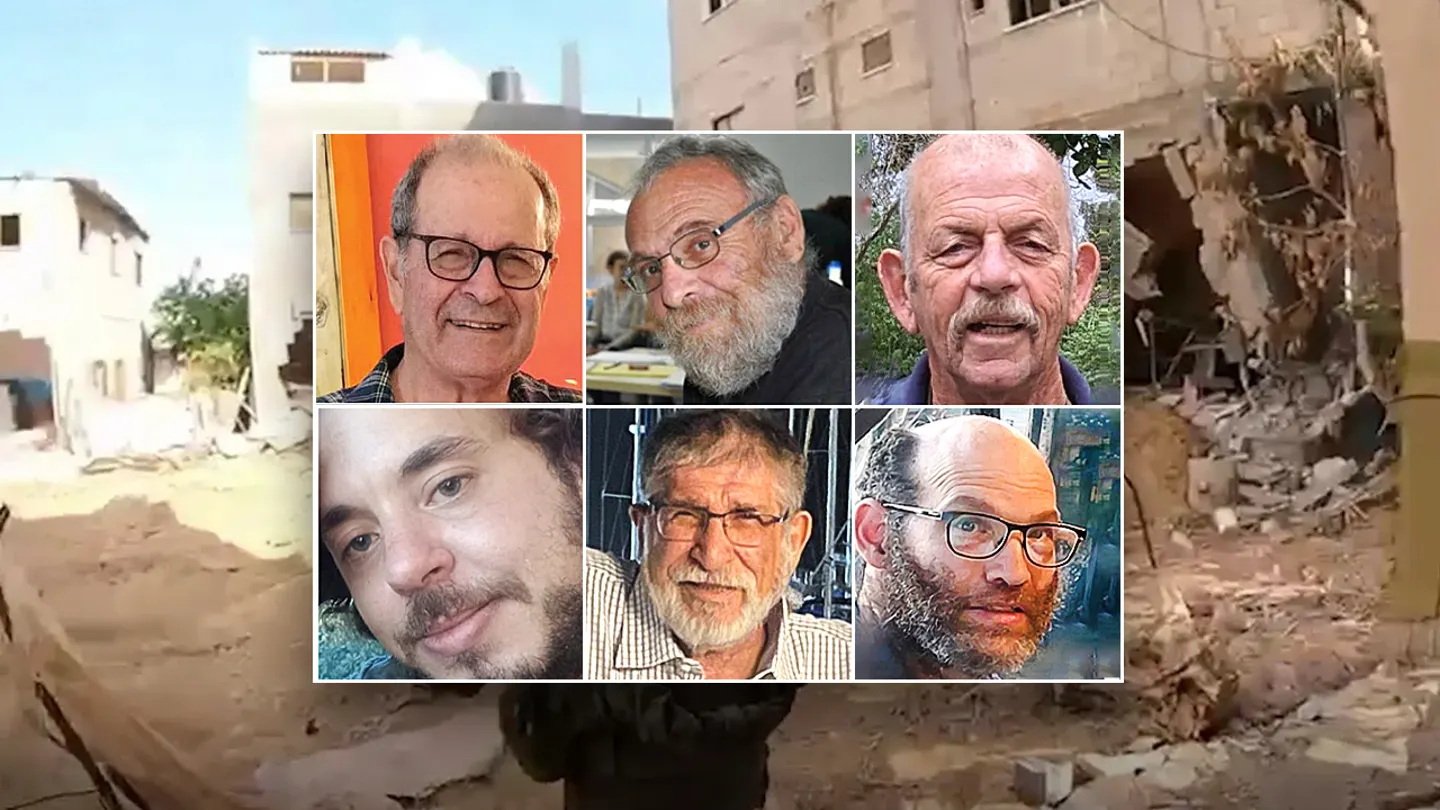
Israel announced that it had found the bodies of six hostages from Gaza. Photo: FOX News
The discovery came in July after a Palestinian detained by Israeli forces in Gaza showed soldiers where to look.
“It’s hard to get that smell out of your head,” said a reservist from the 98th Israeli division who took part in the operation. “It’s also psychological because you know it’s a human smell.”
Such operations are becoming more frequent. On Tuesday, the Israeli military said it had recovered six bodies of dead hostages from Khan Younis, in an operation similar to one in July. In total, Israel has recovered 30 bodies.
But rescue operations to free hostages alive are much rarer, as they require more detailed intelligence and there are many things that can go wrong. The October 7 attacks on Israel left 1,200 people dead and about 250 hostages, according to Israeli authorities. So far, Israel has rescued only seven hostages alive.
More than 10 months after the events of October 7, Israel's intelligence has increased. Israel has collected valuable data on Hamas when it discovered laptops, mobile phones and documents from Gaza, using artificial intelligence (AI) to sift through them.
And with US help, they have boosted their signals intelligence capabilities. Human intelligence – gathered from Palestinians captured by Israel inside Gaza and others who provide information to Israeli forces – also plays a key role.
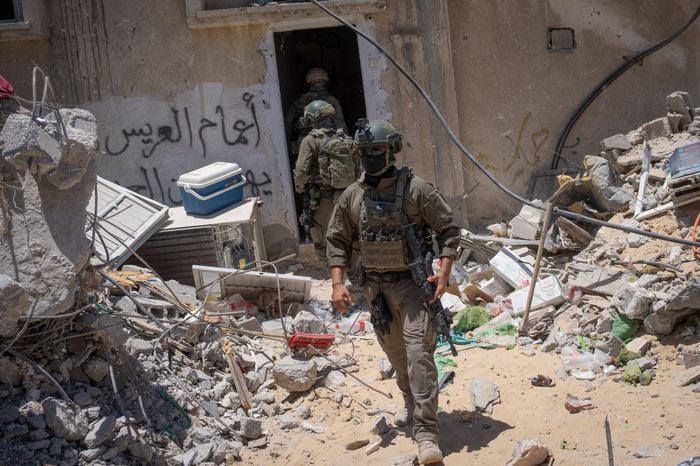
Israeli soldiers enter a ruined area in Gaza believed to contain an underground tunnel leading to a hostage hideout. Photo: WSJ
“These bodies had been there for several months and it took us a while to piece together the images and conduct such a mission,” said Israel Ziv, a retired Israeli general.
The role of Shin Bet and the technology community
The Israeli military said on Tuesday that the bodies of six hostages were found overnight in an operation carried out using intelligence gathered by Israel's internal security agency, known as Shin Bet.
Most of them are elderly, between 75 and 80 years old, and would meet the criteria for release as part of a humanitarian ceasefire that has been negotiated unsuccessfully for months. Some have appeared in hostage videos released by Hamas and were seen in tunnels by released hostages.
According to the Israeli military, three of the hostages whose bodies were found on Tuesday were killed earlier this year in Khan Younis. The Shin Bet is still investigating the exact circumstances of the hostages' deaths. Guy Metzger, the son of one of the hostages found dead on Tuesday, said the military had told him it was investigating whether his father, Yoram Metzger, was killed as a result of an Israeli military operation.
Two former Israeli officials involved in the effort revealed that Israel's knowledge of the hostages' whereabouts and status was limited in the early days of the war. Thousands were listed as "missing" in the days after the attack. Israel's National Center for Forensic Medicine worked tirelessly as bodies were brought in by truck for identification.
While the government was still struggling, Israeli people stepped in to help gather information about the hostages.
Karine Nahon, an Israeli information scientist at Reichman College in central Israel, formed a team of volunteers to scan social media and develop algorithms to sift through 200,000 videos to identify missing people. The team then shared its findings with intelligence officials.
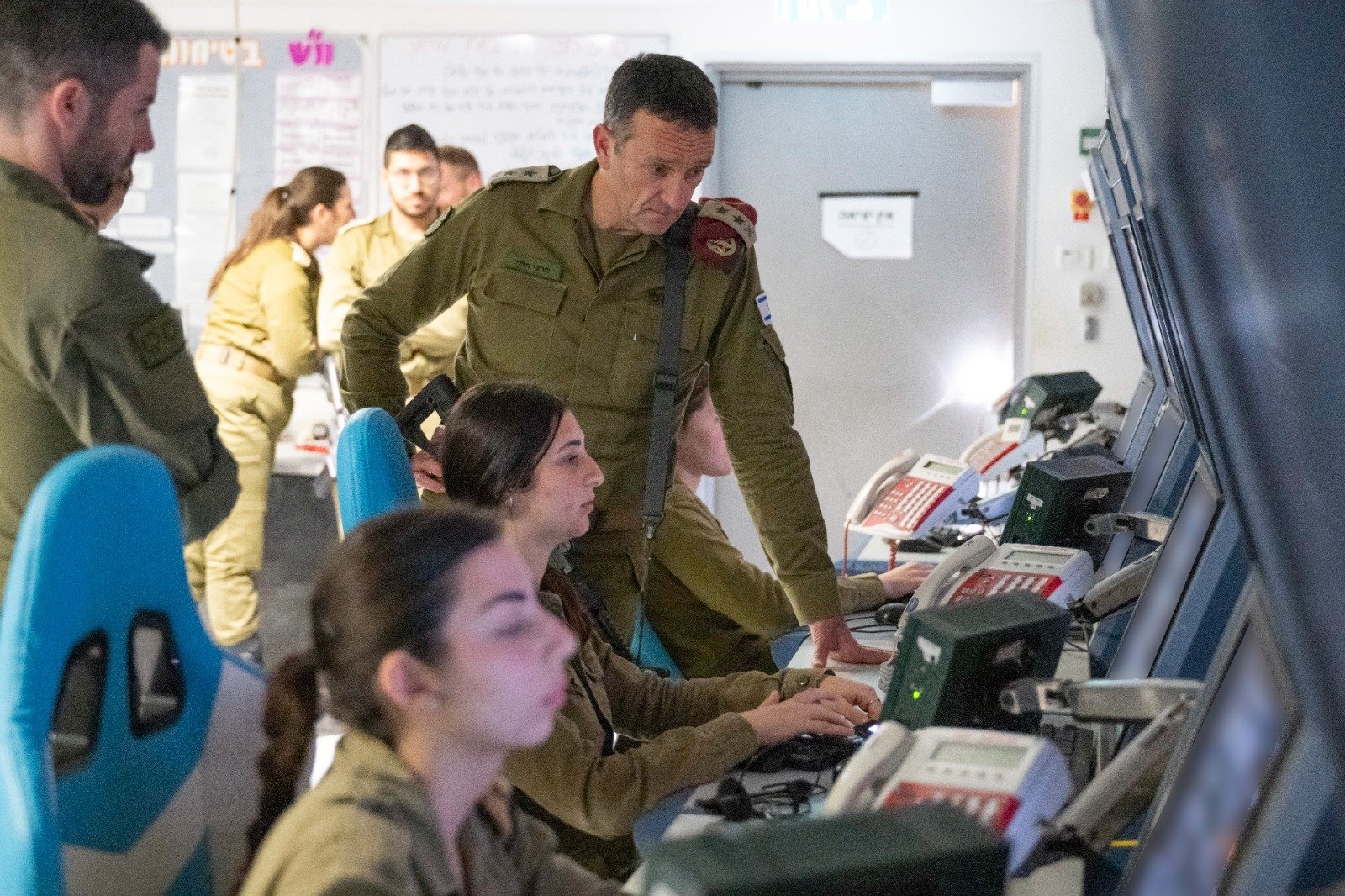
Female Israeli soldiers monitor and analyze intelligence sent from Gaza. Photo: Times of Israel
Weeks after the October 7 attack, a committee of medical experts was tasked with reviewing classified intelligence and determining whether the hostages were dead or alive to notify their families and inform negotiations.
According to Ofer Merin, director general of the Shaare Zedek Medical Center in Jerusalem and a member of the committee, the committee has so far determined that more than 40 hostages are dead based on footage from security cameras in Israel, videos shot by Hamas militants found in Gaza and DNA evidence.
In one case, the commission was able to determine that hostage Shani Louk was dead after they found a piece of her skull, leading them to determine that she was no longer alive, inside Israeli territory. Her body was finally found in May.
Ceasefire remains the best rescue
When Israel invaded Gaza on October 27 last year, after a fierce air campaign, intelligence was limited and its aggressive military response resulted in the deaths of several hostages, two former Israeli officials told the Wall Street Journal. The same newspaper had previously reported that three hostages were killed in an Israeli airstrike on a Hamas commander last November.
A special intelligence directorate headed by General Nitzan Alon – also one of the Israeli negotiators in the hostage negotiations – was set up to collect and analyze information about the hostages, their whereabouts and conditions, and sometimes provide families with proof of life. The directorate helped share intelligence between the various security agencies.
Israel was also aided by the United States, which stepped up its interception of Gaza phone calls in the days after the war, a recently retired U.S. intelligence officer said. That information helped Israel pinpoint the location of the hostages.
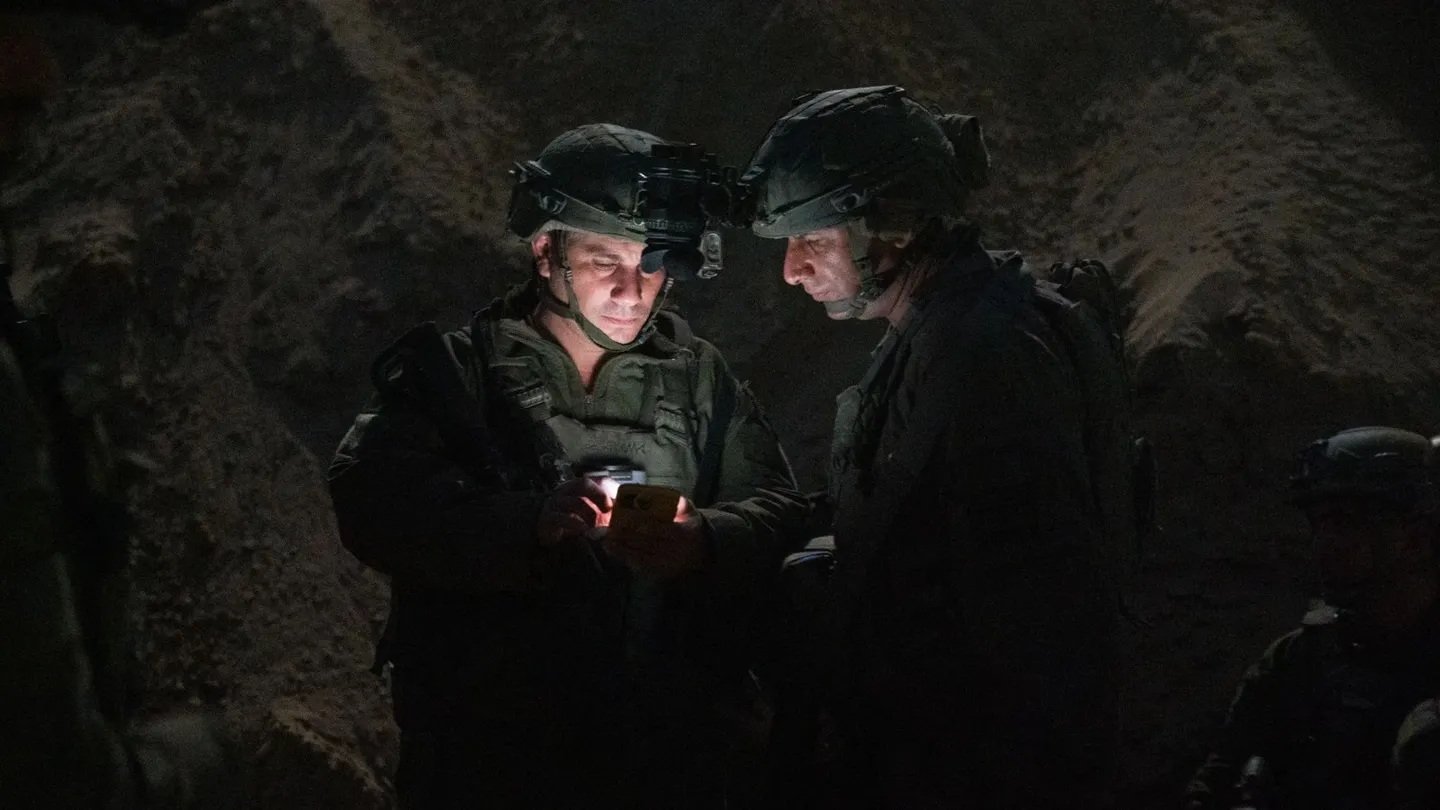
Israeli soldiers search for hostages inside a Hamas tunnel in Gaza. Photo: FOX News
Mr. Ziv, the former Israeli general, said Israel’s intelligence efforts had improved because the ground operation in Gaza had yielded information from mobile phones, computers and documents found inside the enclave. The ground invasion also allowed Israel to get information from Gaza residents or through interrogations of prisoners.
Israeli security officials say human intelligence plays a vital role in conducting rescue operations because this type of information is so precise.
Israel has also expanded its use of AI to help process and analyze the massive amounts of imagery, signals and human intelligence coming from Gaza because it understands it cannot process it all manually, people familiar with the matter said.
Despite that improvement, Israel's intelligence gathering remains challenging.
Hamas is very careful with its communications methods to avoid signals intelligence gathering, and its leader, Yahya Sinwar, only communicates by text message sent through a courier, according to Arab intermediaries. Sinwar cut off contact with the Hamas leadership due to distrust and a belief that there was a spy in the ranks after the March killing of Marwan Issa, deputy commander of Hamas' military wing.
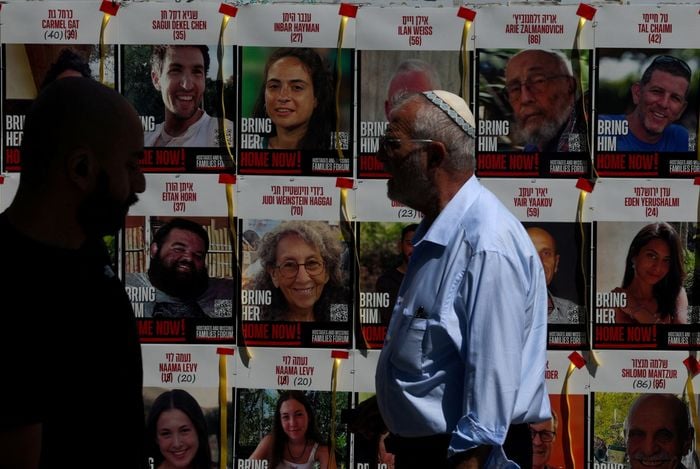
Photos of the unrescued hostages are still plastered on many walls in Tel Aviv, the capital of Israel. Photo: WSJ
Another obstacle is that the hostages are scattered throughout the land and moved around, making it harder to pinpoint their location. Released hostage Aviva Siegel told the Journal that she was held in 13 different locations, both above ground and underground, during her 51 days in Gaza.
Retrieving hostages alive is considered very difficult, but finding the bodies of those taken can also be complicated because they are often hidden. In December, the bodies of two hostages were found in rubbish bags in a tunnel in northern Gaza.
Even when Israel has full intelligence, it does not always decide to launch a rescue mission.
A hostage rescue in Rafah in February had been in the works for a long time but was delayed in the hope that a deal would be struck. Officials wondered whether they should risk the lives of two elderly hostages in a military rescue operation when they could be released more safely in a ceasefire.
Nguyen Khanh
Source: https://www.congluan.vn/israel-thu-thap-thong-tin-tinh-bao-de-tim-nhung-con-tin-nhu-the-nao-post308647.html








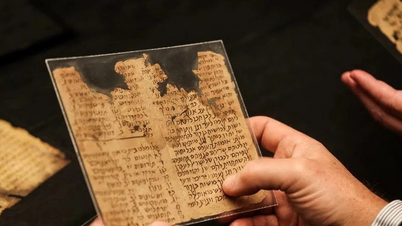

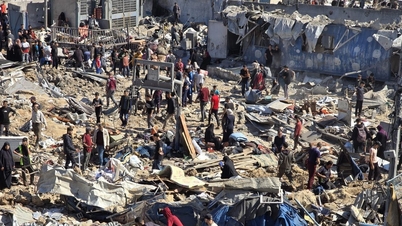

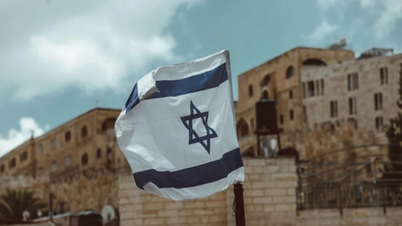


















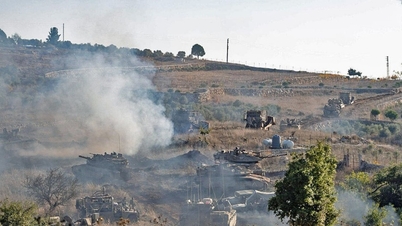




![[Photo] Parade to celebrate the 50th anniversary of Laos' National Day](/_next/image?url=https%3A%2F%2Fvphoto.vietnam.vn%2Fthumb%2F1200x675%2Fvietnam%2Fresource%2FIMAGE%2F2025%2F12%2F02%2F1764691918289_ndo_br_0-jpg.webp&w=3840&q=75)
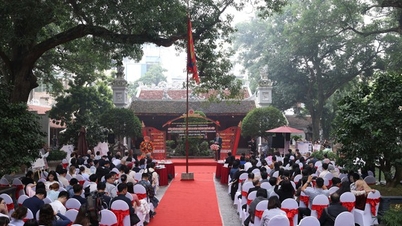





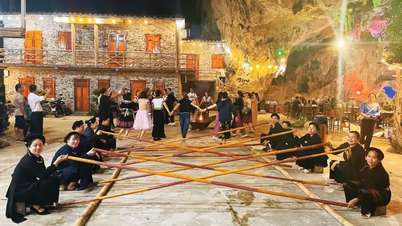









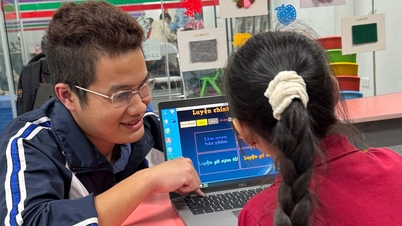
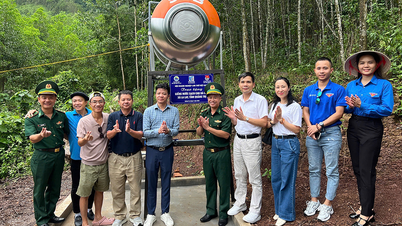



![[VIMC 40 days of lightning speed] Hai Phong Port determined to break through, reaching the target of 2 million TEUs by 2025](https://vphoto.vietnam.vn/thumb/402x226/vietnam/resource/IMAGE/2025/12/04/1764816441820_chp_4-12-25.jpeg)






















































Comment (0)